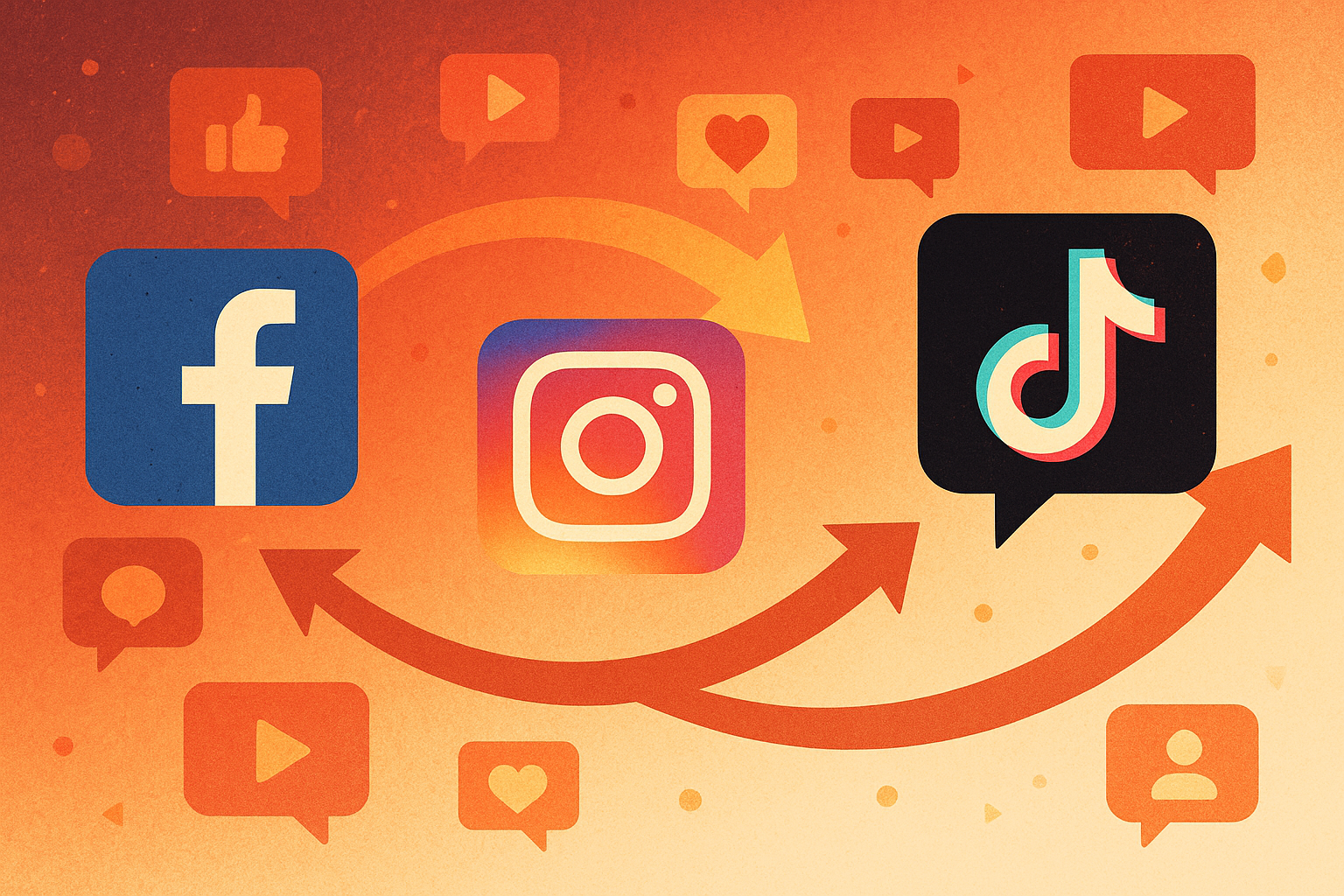Social media
From Facebook to TikTok: How Our Online Behavior Changed Over a Decade

If you’ve been online since the 2010s, you’ve probably seen how the internet changed the way we think, talk, and even feel. A decade ago, Facebook was our go-to place, a digital diary where we shared photos from college, liked our friends’ new relationship statuses, and joined random groups. But today, the way we behave online looks nothing like that.
Over the years, social media turned from a space of connection to a stage for creativity, expression, and identity. And this shift didn’t happen overnight, it happened one swipe, one story, one short video at a time.
The Facebook Era: Sharing Life As It Happened
In 2010, Facebook was the center of the social world. People used it to keep in touch, make friends, and share their everyday moments, a wedding photo album, a college reunion, a long “Notes” post about life. The content was slower, more personal, and less polished. The thrill came from seeing comments from your close circle, not strangers.
Back then, social media was about belonging. The average user logged in to see what others were doing, not to perform for them. Even brands posted casually, one photo, a caption, maybe a funny status. Virality wasn’t the goal; visibility within your circle was.
The Instagram Revolution: Life, Filtered
When Instagram entered the picture, everything started to look… better. Suddenly, the world became more visual. Perfect sunsets, clean flat lays, and holiday aesthetics became the new language of social connection.
Between 2014 and 2018, user behavior shifted from sharing to showcasing. People didn’t just post updates, they curated their lives. Hashtags, filters, and influencer culture changed how we saw ourselves online. We started thinking in frames, “Will this look good on my feed?” became a real thought before clicking a photo.
The focus turned toward individuality and style. It wasn’t about who you were with; it was about how your story looked to others. Social media slowly became a digital reflection of aspiration.
The Rise of TikTok: Real, Fast, and Fearless
Then came TikTok: short, snappy, and unstoppable. Unlike Instagram, TikTok celebrated imperfection. It brought back something we had lost along the way: authenticity. You didn’t need to look perfect or own a DSLR; you just needed a good idea.
People began expressing themselves more freely: dancing, storytelling, ranting, experimenting. The content was unfiltered, funny, and fast-paced. Attention spans got shorter, creativity got louder, and suddenly, everyone was both a creator and a consumer.
TikTok didn’t just change content formats; it changed behavior. People started communicating through trends, sounds, and inside jokes. The “comment section” became the new conversation hub. The audience was no longer passive; it became part of the story.
What This Shift Really Means?
The last ten years show how social media evolved from connection to curation, and finally, to creation. We moved from writing long posts to expressing ourselves in 15-second videos. We stopped waiting for likes from people we knew and started chasing engagement from people we didn’t.
But this isn’t a bad thing. It shows how human communication adapts. We want to be seen, understood, and heard, and each platform gave us a different way to do that.
Now, with platforms like Instagram Reels and YouTube Shorts following TikTok’s path, the trend is clear: attention is the new currency.
Closing Thought:
From Facebook walls to TikTok feeds, one thing has never changed, our need to connect. The format may have evolved, but the emotion behind every like, share, and follow remains the same.
The next chapter might belong to AI-driven feeds or immersive virtual platforms. One thing’s for sure social media will always mirror what we crave most: a place to belong, to express, and to be seen.



